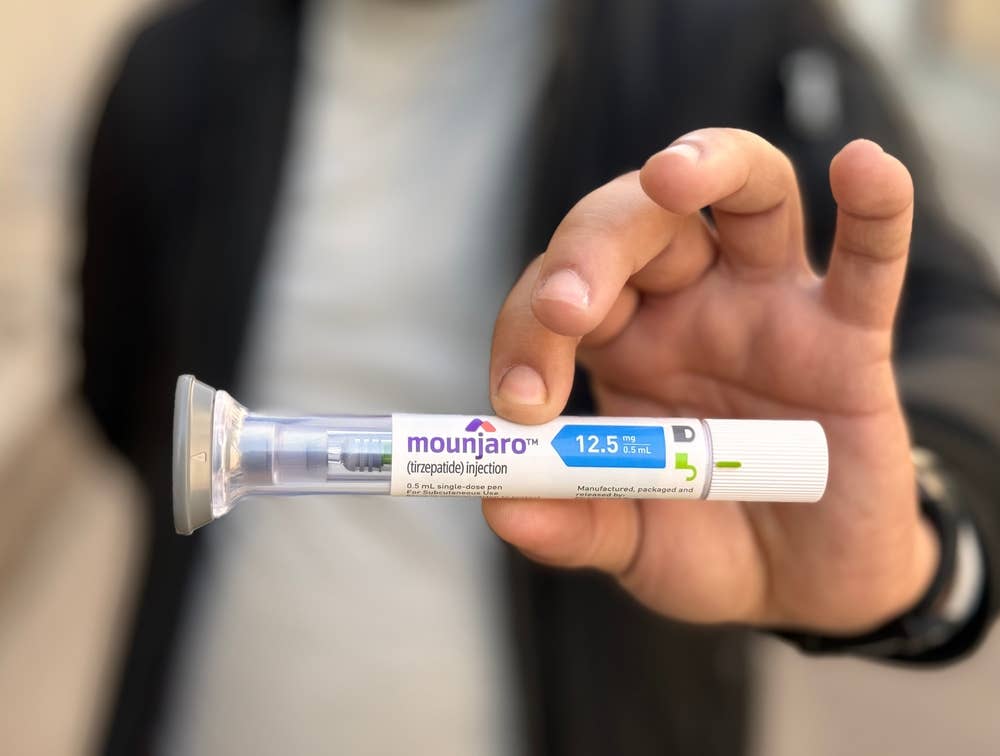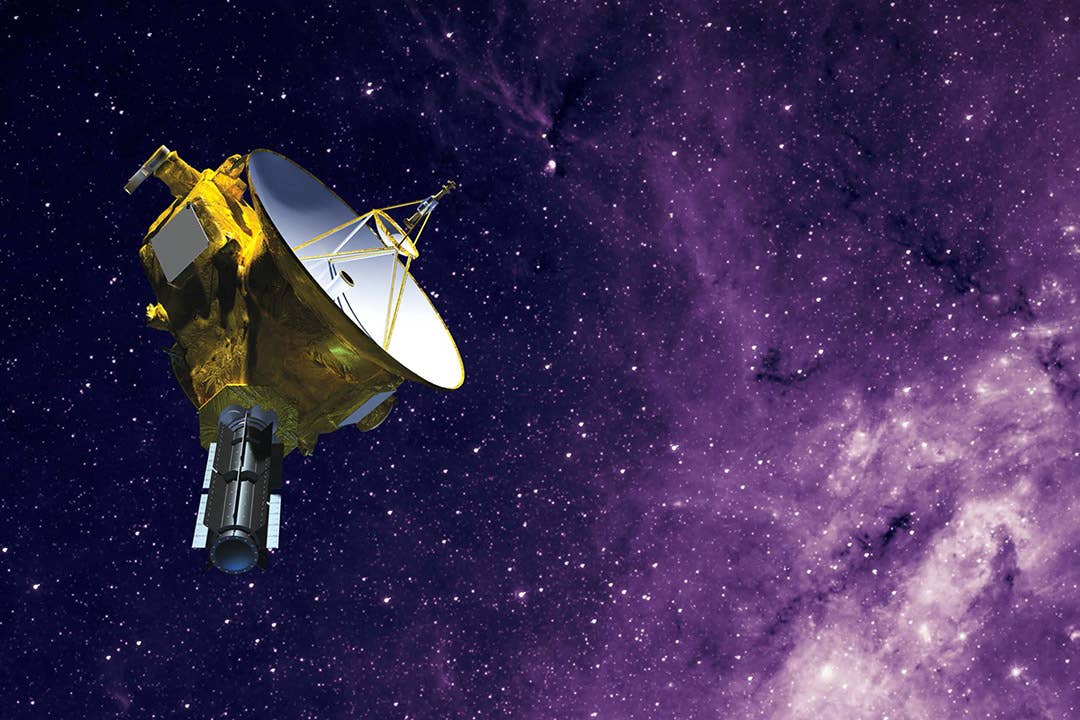Breakthrough transparent solar cells found to generate power 1000x more efficiently
Solar panels often get a bad rap for spoiling the appearance of homes and businesses. Yet, this may be about to change.

[Nov. 20, 2022: Public Relations, Tohoku University]
An optical image of a highly-transparent solar cell fabricated with a 2D atomic sheet. (CREDIT: Toshiaki Kato)
Solar panels often get a bad rap for spoiling the appearance of homes and businesses. Yet, this may be about to change.
Transparent solar cells (TSCs) have attracted considerable attention as they can overcome the limitations of traditional non-transparent solar cells1, which can convert diverse components, such as architectural windows, agricultural sheds, glass panels of smart devices, and even human skin into energy harvesting devices.
A research group has fabricated a highly transparent solar cell with a 2D atomic sheet. These near-invisible solar cells achieved an average visible transparency of 79%, meaning they can, in theory, be placed everywhere - building windows, the front panel of cars, and even human skin.
Scientists have long sought to develop transparent solar cells, but the suitable materials have not existed thus far.
Related Stories
To make the solar cell, the team controlled the contact barriers between indium tin oxide (ITO), one of the most widely used transparent conducting oxides, and a monolayer tungsten disulfide.
They coated various thin metals onto the ITO and inserted a thin layer of Tungsten Oxide between the coated ITO and the tungsten disulfide.
"The way in which we formed the solar cell resulted in a power conversion efficiency over 1000 times that of a device using a normal ITO electrode," pointed out Toshiaki Kato, corresponding author of the paper and associate professor at Tohoku University's Graduate School of Engineering.
Transparent solar cells (TSCs) have attracted considerable attention as they can overcome the limitations of traditional non-transparent solar cells,” explains Tohoku.
Highly Transparent Solar Cell with 2D Atomic Sheet Successfully Fabricated. (CREDIT: Toshiaki Kato)
The group's efforts did not stop there. They also explored how their solar cell can be expanded for use in an actual solar panel.
“It was found that the aspect ratio […] [of the] device should be lower than the critical value of approximately 36,” the paper explains.
(a) Schematic illustration of device structure and ideal optimal band structure for the transparent Schottky solar cell. (b) Images of samples for WF and AVT measurement. ITO was sputtered on quartz substrate and a thin metal film was coated on the top of ITO. (c) Transparency spectra of quartz, ITO/quartz, and Mx/ITO on quartz (Mx = Ni1, Ni5, Fe1, Fe2, Al1, Al5, Cu1, Ag1, Au1, and Au5). (d) Plot of WF for Mx/ITO measured by PYS. Inset in (d) shows typical photoemission features of Ni1/ITO and fitting curve to obtain the WF. (e) Scatters of transparency and work function of tested Mx/ITO. (CREDIT: Scientific Reports)
“By further scaling up the device size by considering an optimal series–parallel connection structure, an extremely high transparency of 79% could be realized, with PT reaching up to 420 pW [picowatts].”
"We discovered the appropriate design modifications needed to avoid an unexpected voltage drop that accompanies increasing the device area," said Kato.
Researchers coated various thin metals onto the ITO and inserted a thin layer of Tungsten Oxide between the coated ITO and the tungsten disulfide. (CREDIT: luchschenF)
“This is the highest value within a TMD based solar cell with a few layers,” the paper concludes. “These findings can contribute to the study of TMD-based NISCs from fundamentals to truly industrialized stages.”
Details of their research were published in the journal Scientific Reports.
Note: Materials provided above by Tohoku University. Content may be edited for style and length.
Like these kind of feel good stories? Get the Brighter Side of News' newsletter.



